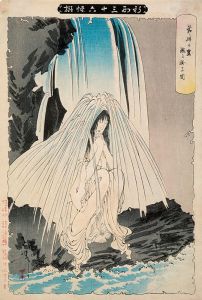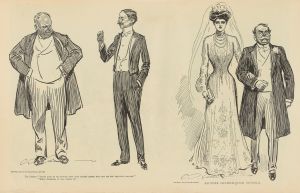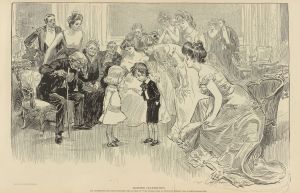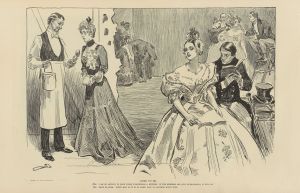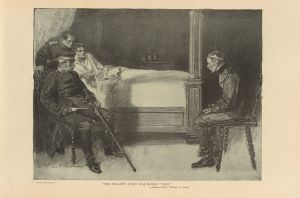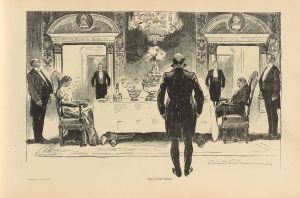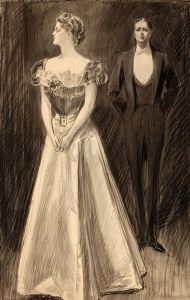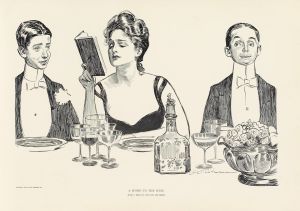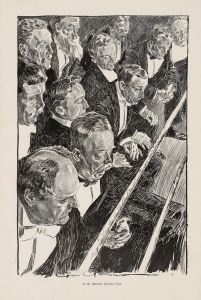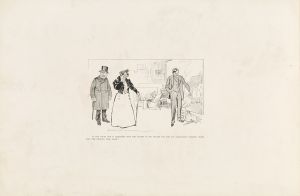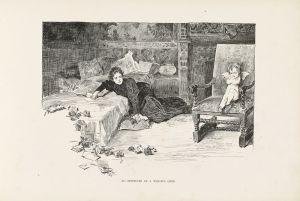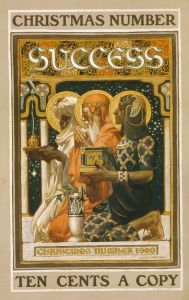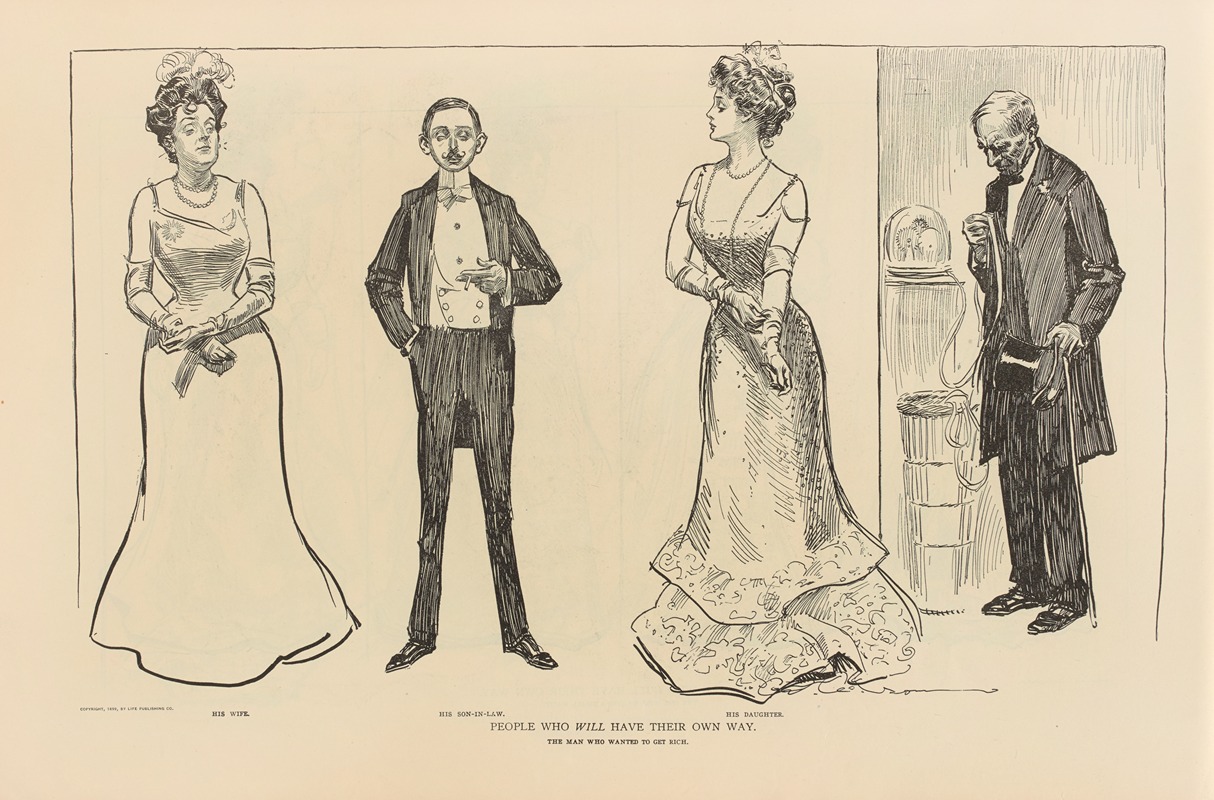
People who will have their own way. The man who wanted to get rich
A hand-painted replica of Charles Dana Gibson’s masterpiece People who will have their own way. The man who wanted to get rich, meticulously crafted by professional artists to capture the true essence of the original. Each piece is created with museum-quality canvas and rare mineral pigments, carefully painted by experienced artists with delicate brushstrokes and rich, layered colors to perfectly recreate the texture of the original artwork. Unlike machine-printed reproductions, this hand-painted version brings the painting to life, infused with the artist’s emotions and skill in every stroke. Whether for personal collection or home decoration, it instantly elevates the artistic atmosphere of any space.
"People who will have their own way. The man who wanted to get rich" is an illustration by Charles Dana Gibson, an influential American graphic artist best known for his creation of the "Gibson Girl," an iconic representation of the American woman at the turn of the 20th century. Gibson's work was widely published in magazines such as Life, Harper's Weekly, and Scribner's, and his illustrations captured the social dynamics and cultural nuances of his time.
Charles Dana Gibson was born on September 14, 1867, in Roxbury, Massachusetts. He studied at the Art Students League in New York City, where he honed his skills in pen-and-ink drawing. Gibson's career took off in the 1890s when his illustrations began appearing in Life magazine. His work quickly gained popularity for its wit, humor, and keen observation of social trends.
The illustration "People who will have their own way. The man who wanted to get rich" is part of Gibson's broader body of work that often depicted the aspirations and follies of the American upper class. While specific details about this particular illustration are limited, it is consistent with Gibson's style of using satire to comment on societal norms and individual ambitions.
Gibson's illustrations were characterized by their detailed line work and expressive characters. He had a talent for capturing the subtleties of human expression and the intricacies of fashion, which made his work both visually appealing and socially relevant. His illustrations often featured themes of wealth, ambition, and the pursuit of the American Dream, reflecting the cultural zeitgeist of the late 19th and early 20th centuries.
The "Gibson Man," much like the "Gibson Girl," was a recurring character in his work, embodying the ideals and contradictions of masculinity during that era. These characters were often portrayed in scenarios that highlighted their desires, challenges, and societal roles. In "The man who wanted to get rich," Gibson likely explored themes of ambition and the lengths to which individuals might go to achieve financial success.
Gibson's work had a significant impact on American culture and the field of illustration. His ability to blend art with social commentary made his illustrations more than just visual art; they were reflections of the societal values and tensions of his time. The popularity of his work also contributed to the rise of illustration as a respected art form in the publishing industry.
Charles Dana Gibson continued to produce illustrations until his retirement in the 1930s. He passed away on December 23, 1944, leaving behind a legacy that influenced generations of artists and illustrators. His work remains a valuable resource for understanding the cultural and social history of America during his lifetime.





